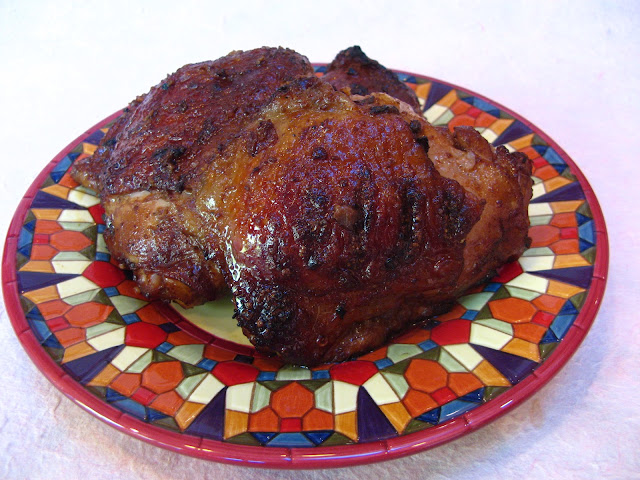This recipe was updated on 13 Sep 2015. Some instructions
and ingredient quantities were changed.
So what do you do with a peach that’s too ripe to eat? I
always hate to throw out overripe peaches that you can’t eat. I thought about
the Korean beef marinades that have pear juice in them and wondered how a peach
would taste in a homemade chicken marinade. I also thought about needing
another flavor in the marinade besides peach and my mind wandered to ginger.
The ripe peach can be crushed by hand, after removing the peel and the pit,
into the marinade. The resulting chicken tastes slightly sweet from the peach that
goes well with the ginger flavor.
Enjoy!







